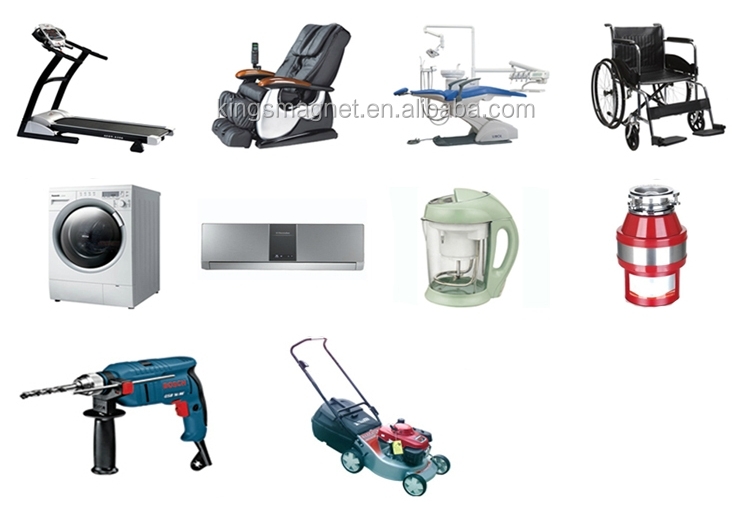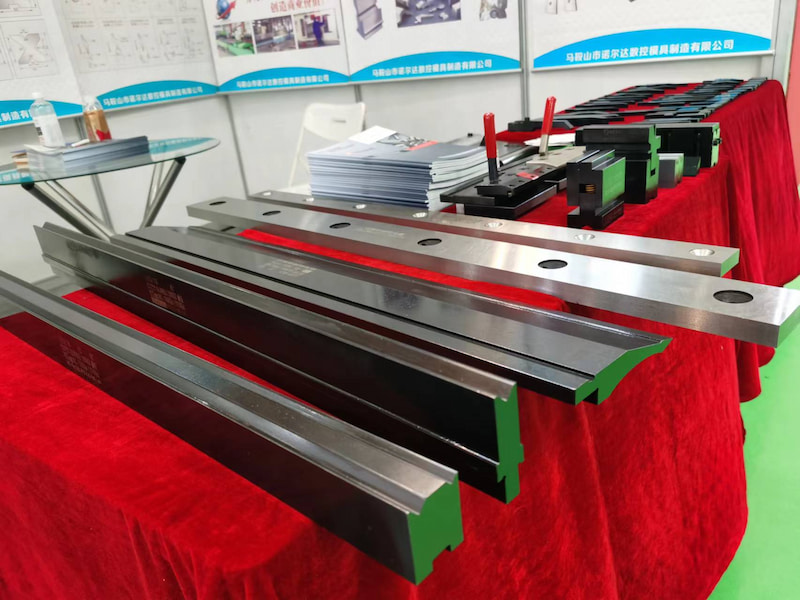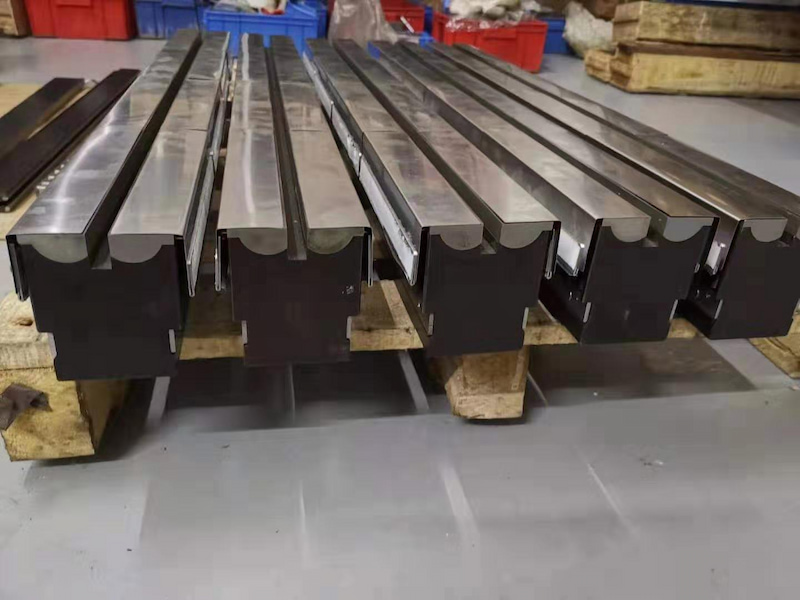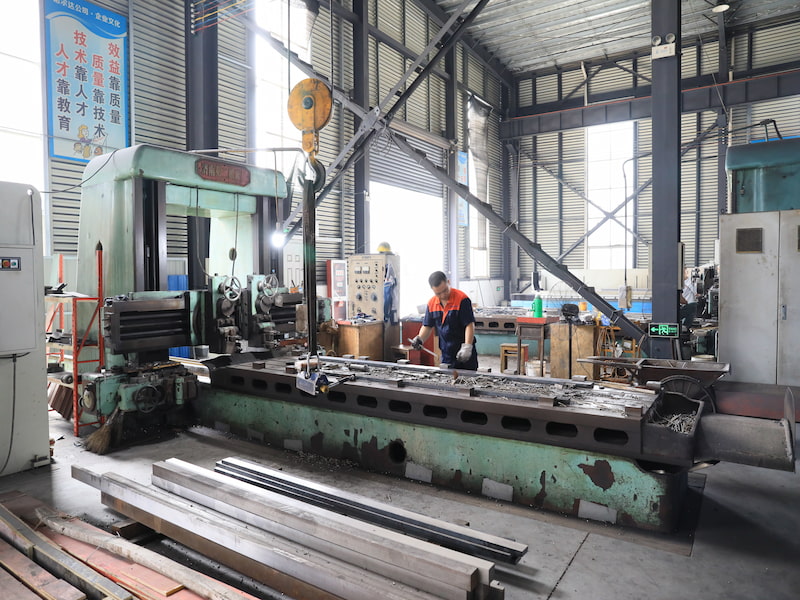How to choose the coating of NdFeB magnets?
The coating of NdFeB magnets is to add a protective layer on the surface, which plays the role of anti-corrosion, anti-rust, and prolonging the service life. There are three most common coatings for NdFeB magnets, namely zinc plating, nickel plating, and epoxy coating.
1 In terms of price, galvanized coating is extremely advantageous, and the prices are ranked from low to high as zinc, nickel, and epoxy coatings.
2 After the nickel-plated surface treatment, the corrosion resistance of the magnet is higher, up to 96H salt spray without rusting, while the galvanized coating can only achieve 48H salt spray without rusting. Now the commonly used nickel-copper- Nickel plating method can achieve 120-200 hours of salt spray without rusting.
3 Compared with nickel plating, zinc plating has different surface coatings and different corrosion resistance, and its service life is lower than that of nickel plating. After a long time, the surface plating will easily fall off, causing the magnet to oxidize, thereby affecting the magnetic force.
4 Nickel plating is better than galvanizing in polishing, and the color is brighter. For those with high requirements on product appearance, nickel plating is generally selected. For some non-exposed magnets, galvanizing treatment is enough.
5 Epoxy resin coating: As the name implies, it is to add a layer of resin paint to the outside after nickel plating. In recent years, it has developed rapidly, and many buyers choose it. The advantage is that it can achieve the color you want.
No matter what kind of coating it is, it has its advantages, and the one that best meets your needs is the best.




